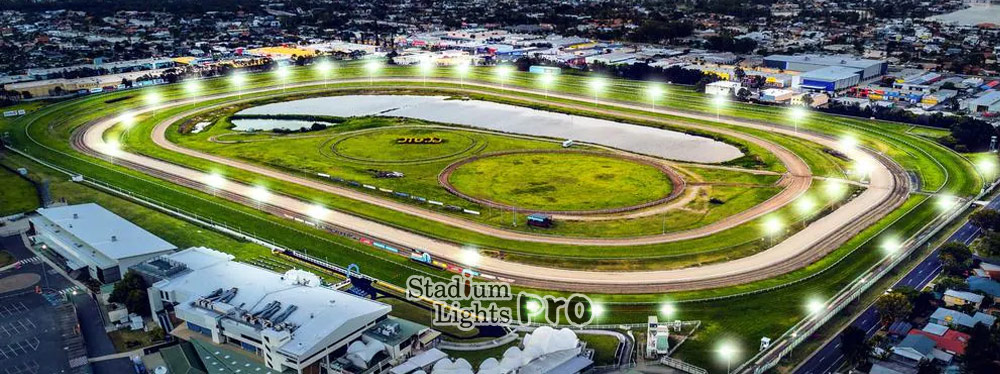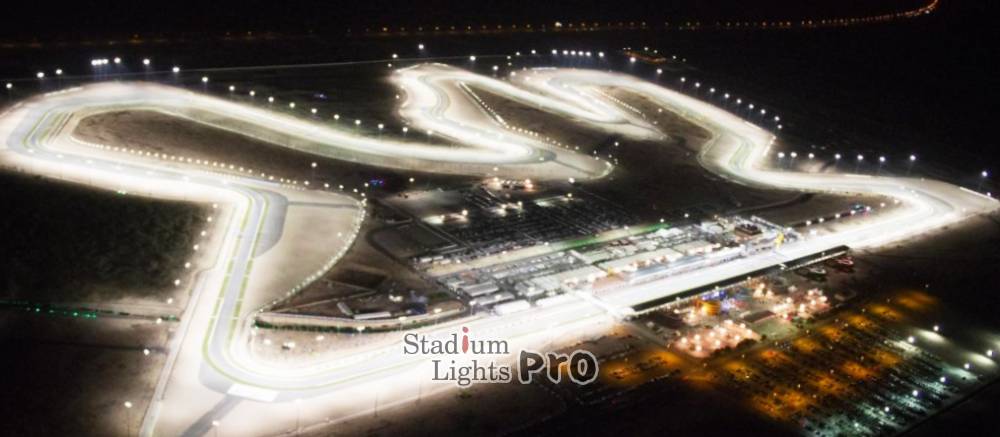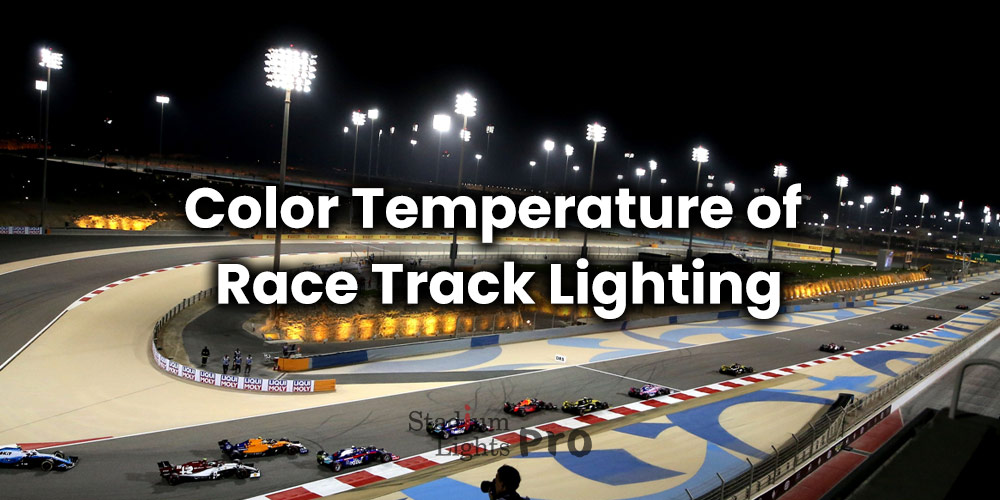In race track lighting design, color temperature is essential to consider because it can have a significant impact on the atmosphere and ambiance of a space. Different color temperatures can create different moods and visual effects, and can be used to highlight or downplay certain features or colors in a space.
For example, warm color temperatures are often used to create a cozy and inviting atmosphere, while cool color temperatures can create a more energizing or professional atmosphere. Choosing the right color temperature for a space can help to create the desired mood and atmosphere, and can also affect how people perceive the colors of objects in the space.
Table of Contents
ToggleThe role of color temperature in race track lighting
The need for bright, clear lighting on race tracks
Bright, clear lighting is a must-have safety feature on race tracks, as it helps drivers to see the track clearly and navigate turns and obstacles safely. It is also critical for the visibility of track officials, marshals, and other personnel, as well as for spectators who may be watching the race from the stands.
Drivers need to be able to see the track clearly in order to react to changing conditions and navigate turns and obstacles safely. Poor lighting can make it more difficult for drivers to see the track and can increase the risk of accidents.
Poor lighting can make it difficult for spectators to see the track and follow the action, which can negatively impact their experience. Clear lighting can also enhance the visual appeal of the race, making it more exciting and enjoyable for spectators.
The benefits of using cool white to daylight color temperatures (4000-6000K) for race track lighting

Cool white to daylight color temperatures (4000-6000K) are often used for race track lighting because they provide bright, clear lighting that helps drivers see the track clearly. This range of color temperatures is closer to natural daylight, which can help to reduce eye strain and improve visibility.
Cool white to daylight color temperatures can also help to enhance the colors of the track and vehicles, making it easier for drivers and spectators to see and differentiate between different parts of the track. This can be particularly useful for identifying the features of the track, such as turns, obstacles, and flags.
In addition to improving visibility and safety, cool white to daylight color temperatures can also have a positive impact on the overall atmosphere and ambiance of the race. These color temperatures can create a more energetic and professional atmosphere, which can enhance the excitement and enjoyment of the event for spectators.
Factors that influence the color temperature of race track lighting
The specific race track lighting system and its capabilities
Different lighting systems have different capabilities and features, and some may be better suited to certain color temperatures than others.
For example, some lighting systems may be able to produce a wider range of color temperatures, while others may be more limited in their capabilities.
Other factors that can influence the color temperature of race track lighting include the preferences of track operators and other stakeholders, as well as the needs and desired ambiance of different parts of the track. Track operators may choose to use different color temperatures in different areas of the track depending on the specific needs and desired ambiance of each area.

The preferences of track operators and other stakeholders
Track operators may have specific goals or preferences for the lighting on the track, such as creating a certain atmosphere or ambiance, highlighting certain features of the track, or maximizing safety and visibility.
Other stakeholders, such as drivers, spectators, and sponsors, may also have preferences for the lighting on the track. Drivers, for example, may prefer lighting that provides bright, clear visibility of the track, while spectators may prefer lighting that enhances the overall atmosphere and enjoyment of the race. Sponsors may also have preferences for the lighting, as it can affect the visibility of their branding and advertising on the track.
Track operators will need to consider the preferences of all stakeholders when choosing the color temperature of the race track lighting, and may need to strike a balance between different preferences and priorities.
The needs and desired ambiance of different parts of the track
Different areas of the track may have different lighting needs or may be intended to create different moods or atmospheres.
For example, the starting grid may require bright, clear lighting to ensure that drivers can see the track clearly and prepare for the race. The pit lane may also require bright lighting for safety and visibility purposes. In contrast, other areas of the track, such as the grandstands or hospitality areas, may be designed to create a more relaxed or enjoyable atmosphere, and may benefit from warmer color temperatures.
Track operators may choose to use different color temperatures in different areas of the track to create the desired ambiance and meet the specific needs of each area. For example, they may use cool white to daylight color temperatures in areas where safety and visibility are prioritized, and warmer color temperatures in areas where a more relaxed atmosphere is desired.
Conclusion
Color temperature can have a significant impact on the atmosphere and ambiance of the track, as well as on the safety and visibility of the track for drivers, track personnel, and spectators.
If you’d like to receive a free race track lighting design, don’t hesitate to reach out to our team of lighting experts. We’ll be happy to work with you to create a lighting plan that meets the specific needs and characteristics of your race track. We’re excited to help you create a safe and exciting race track lighting system.

